
Outlook 2023: Flavor Trends
The first in a series of three trend articles for the year ahead asks industry experts—including flavorists, chefs, and trendspotters—what flavors consumers will gravitate toward in 2023 and beyond.
Article Content
With inflation soaring, driven primarily by fuel and food costs, consumers are trying to make their budgets stretch as far as possible, and this means trading down or cutting back on certain foods. “In most parts of the world, the average consumer has been forced to rethink their household spending and the way they are approaching food has changed,” explains Ranjana Sundaresan, lead research analyst at Spoonshot, a food and beverage market intelligence company. At the same time, consumers don’t want to give up on trying new and exciting flavors and innovative foods.
Food Technology editors recently asked a broad range of food industry experts—including flavorists, chefs, trendspotters, futurists, entrepreneurs, and more—what flavor trends they foresee for 2023 and beyond. Here’s what they had to say.
Sweet Plus
Consumers increasingly are looking for complex flavors and unexpected combinations. According to Liz Moskow, principal, Bread & Circus Future Food Advisory, this “mix and match flavor combination craze” has resulted in what she calls the “Sweet Plus” trend. Perhaps the most familiar iteration of this trend is sweet plus heat—the combination of chili varietals with sweet ingredients to create a complex flavor sensation. Mintel reports a 138% increase in spicy flavors on bakery menus this year. Additionally, the sweet heat combination is showing up in everything from snacks, like Blue Diamond Almonds Mash Ups Dark Chocolate and Chili Pepper Almonds, to breakfast cereals, such as new CinnaFuego Toast Crunch from General Mills. Think “chili infused honey, maple, and simple syrups,” for “dipping, drizzling, and swirling into pizza, cocktails, mocktails, breakfast dishes, and coffees and chais,” says Moskow.
“We are seeing greater requests for some spice or heat in confectionery,” agrees Kamesh Ellajosyula, president and chief innovation & quality officer, Olam Food Ingredients. “Consumers are particularly showing interest in heat, which goes beyond level of heat to specific varieties of pepper, underlying flavor notes, and even pairing with other flavors.”
In its Trends 2023 and Beyond report, Spoonshot predicts that the “complex heat” trend will expand in coming years. According to Spoonshot’s analysis, consumer interest in complex heat is greater than business interest, “indicating significant scope for innovation incorporating heat,” explains Sundaresan. In fact, consumer interest in complex heat grew by 20.5% in the 12 months ending in July 2022, compared with 8.3% growth in business interest. “Part of the growing interest for consumers is likely to come from the foodservice space, where consumers are exposed to a variety of cuisines and ingredients,” continues Sundaresan. “The interest also stems from a growing demand for authentic food experiences.”
Moskow sees the quest for new and different global flavor experiences driving other iterations of this trend—sweet plus umami and sweet plus sour. Sauces like kecap manis—a staple in Indonesian cuisine—offer the core umami essence of soy sauce, but with sweetness that comes from the addition of palm sugar or jaggery, an unrefined natural sweetener.
Charlie Baggs, president and executive chef at Charlie Baggs Culinary Innovation, highlights the example of Thai sweet chili sauce, which he saw tossed with calamari at an American steakhouse in San Diego. “By adding these umami-rich ingredients, you introduce more flavor complexity and depth,” he says. “And you get a new craveability in a dish.”
Moving to another Southeast Asian country, Arlin Wasserman, founder and partner at Changing Tastes consultancy, has his eyes on sawsawan, a Filipino vinegar-based hot dipping sauce, which he expects to increase in popularity and drive the sweet plus sour flavor trend forward. “I’m hyperfocused on our quest for spicy continuing as we move on from Szechuan chili crisp (oil based) to the lighter, sour, vinegar-driven sauces of Southeast Asia,” says Wasserman. “They are also super easy to make at home, manufacture, and use as a condiment, flavoring, or marinade.”
Fermented
“I’m going with fermented and the sour and umami flavors produced from it,” says Jan Matsuno, founder of Yumbini Foods and Mindful Food Consulting, when asked to peer into her crystal ball to predict a flavor trend set to make the biggest impact in the coming year. “Think kimchi, miso, beet kvass, pickles, beer, and kombucha.”
This ties in closely to the Sweet Plus trend above, playing off the popularity of more complex flavors that often result from the fermentation process. In addition, as Matsuno points out, “fermented ties in squarely with Korean, the hottest ethnic cuisine around, and its use of tangy, spicy fermented vegetables.
“Natural fermentation also often uses probiotics, which are thought to increase gut biodiversity, improving digestive health and overall wellness, clearly desired by many consumers,” continues Matsuno. With COVID-19 spurring many to amp up their wellness initiatives, more consumers are looking to food and beverages to aid in their quest. According to Fuchs North America, fermented ingredients have seen rapid growth in both foodservice and retail, largely due to the perceived health benefits surrounding fermentation, along with a growing acceptance of sour flavors.
Chef Christopher Koetke, corporate executive chef for Ajinomoto Health & Nutrition, agrees. “As consumers continue to seek out new global flavor profiles, I anticipate 2023 will be the year that umami finally takes center stage,” he predicts. “In 2023, I expect to see umami not only in sauces, snack foods, and sandwiches, but branching out into more unexpected uses like desserts and cocktails.”
“Miso (fermented soybeans, rice, and sometimes other grains) is popping up in trendy online recipes all over,” says Matsuno. “Miso soup and salad dressing have been around for a long time. And the umami flavor of miso is a natural with vegetables, fish, and meats. But what about miso caramel, miso banana bread, or miso buttercream with spice cake?”
Take, for example, the Miso Caramel Naturally Flavored Seasoning , launched earlier this year under the McCormick Flavor Inspirations banner. Described as “an exciting fusion of sweet caramel and umami-forward miso,” this seasoning can pair with “drinks, desserts, and marinades” or be sprinkled “over pork or chicken before cooking or over sugar cookie dough before baking,” according to McCormick.
Street Food
Street food has gained incredible popularity over the past five to seven years, and there’s no sign it’s slowing down. From arepas and banh mi to pierogis and poutine, street food showcases the authentic flavors of a culture and appeals to consumers looking for new experiences. Mexican elote—grilled corn topped with mayonnaise, cotija cheese, chili, lime, and cilantro—has reached mainstream appeal in the United States, showing up on restaurant menus and finding its way into CPG foods on grocery store shelves. In 2021, PepsiCo debuted Mexican Street Corn Cheetos as a limited time offer, and this summer Kellogg’s followed suit with the debut of Pringles Mexican Street Corn Crisps. Sabra got in on the fun with the launch of its Mexican Street Corn Inspired Guacamole that, according to the press release, “pairs juicy sweet corn, lime, chipotle, and handpicked, Mexican grown Hass avocados for a fantastically flavorful guacamole experience.”
What could be the next elote? According to Mike Kostyo, trendologist and associate director of content at Datassential, mangonada is a top trend to watch for in 2023. Also called chamangos or chamoyadas, these frozen beverages are very popular on the streets and beaches of Mexico during the summer. They can be made with any combination of mango sorbet, chopped fresh mango, or mango purée, and contain the salty, spicy, and tangy flavors of Tajín (a chili-lime salt) and chamoy.
“It [mangonada] was the fastest-growing flavor on menus last year,” says Kostyo. “We’re seeing it used in a much wider variety of applications like mangonada-flavored desserts and snacks.”
Torani launched Puremade Mangonada Syrup last summer to add to iced teas, lemonades, and sodas. “Puremade Mangonada Syrup captures the rising trend of culinary tourism—where consumers discover new foods and beverages from around the globe—by creating a tropical getaway experience,” said Andrea Ramirez, consumer and customer market insight manager at Torani, in a press release.
Another street food ingredient that plays on the combination of sweet mango and the heat of chilis and is growing in popularity is chaat masala. A spice blend from North India made with dried mango powder, cumin, coriander, dried ginger, salt, black pepper, asafetida, and chili powder, chaat masala is a “staple flavor enhancer for many street food dishes in North India but can also be used in other foods and beverages for a multi-flavor combination,” Spoonshot’s Sundaresan explains.
Spoonshot’s analysis shows that consumer interest in chaat masala is six times greater than business interest over the 2016–2022 period, indicating that there is a gap to be filled. “Interestingly, since 2020, this gap does appear to be getting narrower, and this points to businesses starting to address this interest from consumers,” continues Sundaresan. “We’re also seeing some interesting product launches and recipes highlighting the use of chaat masala in categories such as ice cream and cocktails.”
Inspired by a plum juice that her aunt often made in India, Pooja Bavishi, founder and CEO of Brooklyn, N.Y.–based ice cream company Malai, created Hibiscus Chaat Masala Sorbet. Described as fruity and floral with a hint of tartness, the chaat masala spices add a savory umami to the frozen dessert. On the savory side, Rowdy Rooster, a new fast-casual fried chicken restaurant in New York City from Unapologetic Foods, “is plucking out what’s most exciting from the street stalls of India and bringing it to NYC,” according to its website. After being fried twice, the chicken gets a dip in melted butter containing Kashmiri chili powder and chaat masala, which helps to balance the heat.
Nostalgia & Newstalgia
As with Malai’s Hibiscus Chaat Masala Sorbet, Rowdy Rooster’s fried chicken was born out of the desire to recreate a fond childhood food memory. Roni Mazumdar, restaurateur and cofounder of Unapologetic Foods, moved to New York from India at the age of 13 and could never find the type of fried chicken that he remembered from a street cart on the outskirts of Kolkata, India. He worked with business partner and chef Chintan Pandya to recreate the dish and share it with diners looking for an authentic taste experience.
Virginia Dare sees nostalgic flavors continuing to drive new product development. In fact, one of the two trends the flavor company featured at its IFT FIRST booth this past summer was “forever young,” which it describes in a press release as being “an extension of the nostalgic trend of the past decade, featuring childhood favorites and child/ adulthood hybrids that are associated with good, simple times.” Samples at the event that highlighted this trend included a whey protein drink with a “funnel cake fried dough flavor” and a vitamin pixy stick in a “fruity, rainbow candy flavor.”
For some brands, bringing that sense of nostalgia to their products may be as simple as relaunching a flavor that was popular back in the day. Earlier this year, Kellogg’s announced it was bringing back Frosted Grape Pop-Tarts, which were discontinued in the 90s. According to the press release, “Frosted Grape Pop-Tarts will give fans the chance to re-live (or live for the first time) their 90s-loving dreams.” The relaunched breakfast toaster pastry includes the same grape jelly–flavored filling, white icing, and purple crunch as it had when it originally debuted.
This desire for nostalgic foods is not new but, as Symrise called out in its 2022 North American Top Trends report, “entering a post-pandemic world influences what people are nostalgic for, whether it’s the comfort foods of their childhood or the more recent memory of a sandwich from a favorite deli they haven’t visited in two years.”
“Gen Z and young millennials are carving out their own definition of how they define nostalgia and the perceived authenticity of their food and drink experiences,” says Rob Corliss, chef and founder of culinary consultancy ATE. He deems this “in-the-moment flavor appreciation” as “newstalgia.” Examples might include a creative take on a plant-based offering that exudes comfort, a menu item that takes a deep dive into a specific regional flavor, or a new seasonal flavor that becomes sentimental.
“Chefs can take note, developing unique flavors, textures, and techniques targeted at ‘newstalgia’ for younger generational tastes,” advises Corliss. And, he adds, they should adopt this approach “while still adding menu interpretations around the familiarity of tried-and-true nostalgic classics.”
The trends identified here intersect with one another, speaking to consumers’ desire for both what is known and comfortable and what is new and exciting. “We are in a historically unique time in that an economic downturn is happening at the same time that consumers have all this post-COVID pent-up demand for unique experiences and occasions,” says Datassential’s Kostyo. “If you can meet these two need states—a desire for innovative, unique, and exciting options that feel like a good value— you’ll win with consumers in 2023.”
Key Takeaways
· The quest for new and different global flavor experiences is driving the Sweet Plus trend—sweet plus heat, sweet plus umami, and sweet plus sour.
· The popularity of Asian cuisines and the health halo surrounding fermented foods will continue to drive the use of sour and umami flavors.
· Mangonada and chaat masala flavor profiles are poised to become as ubiquitous as Mexican street corn (elote) in everything from snacks to desserts.



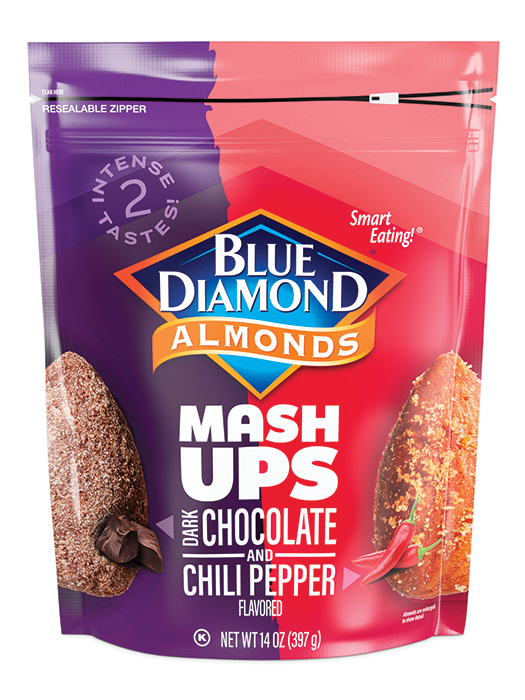

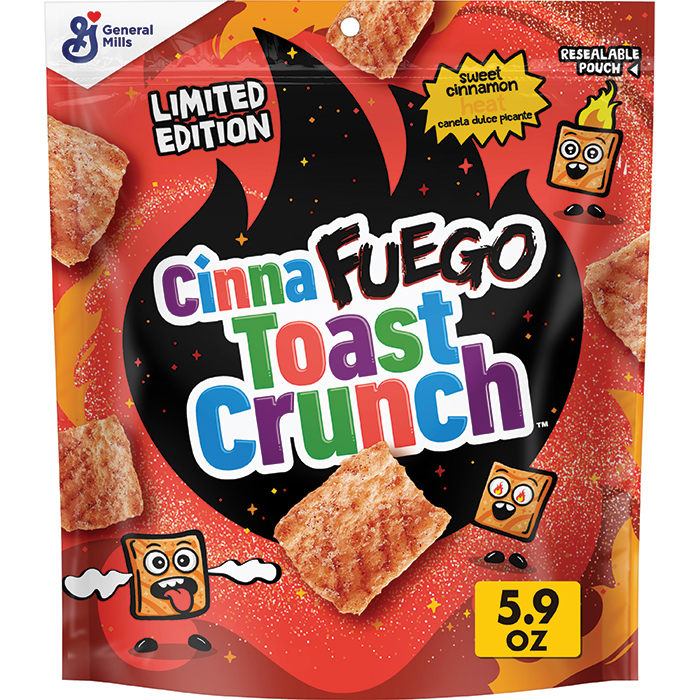

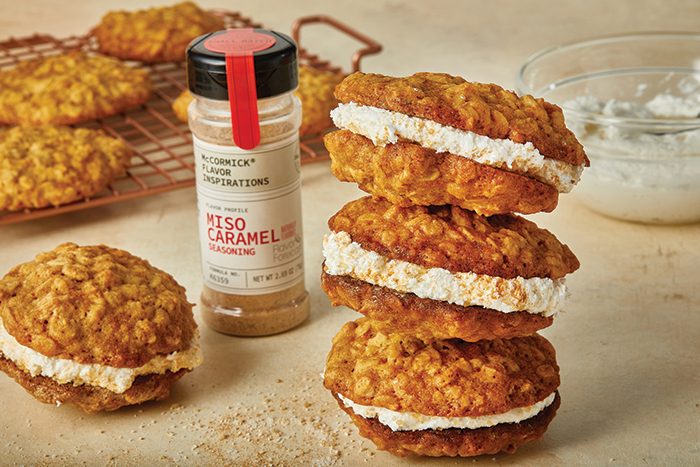

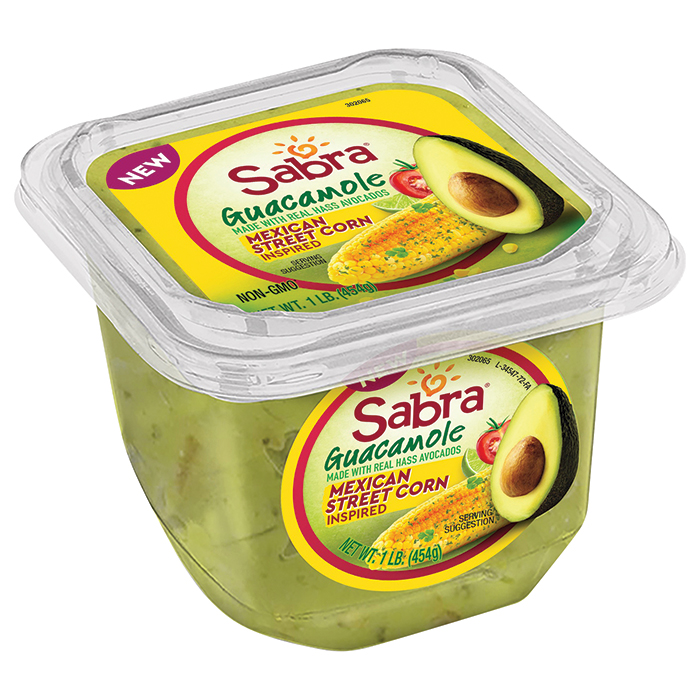
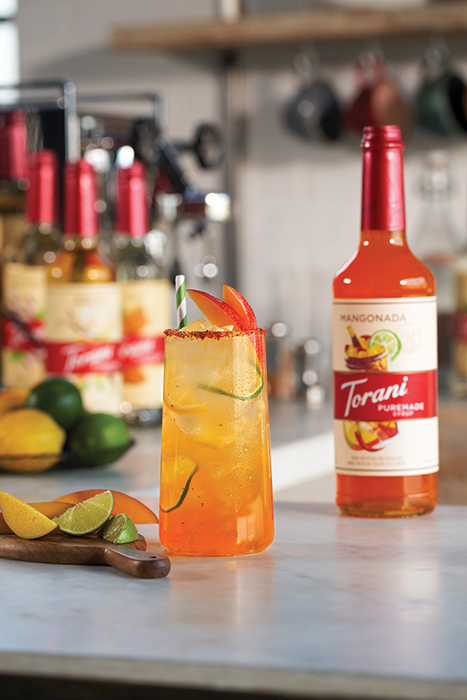
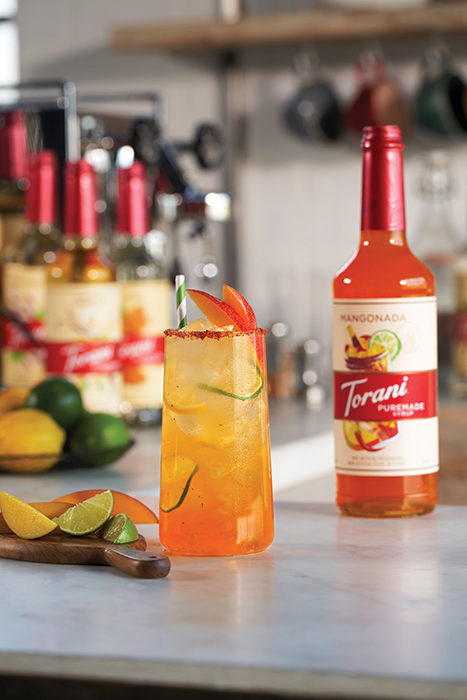

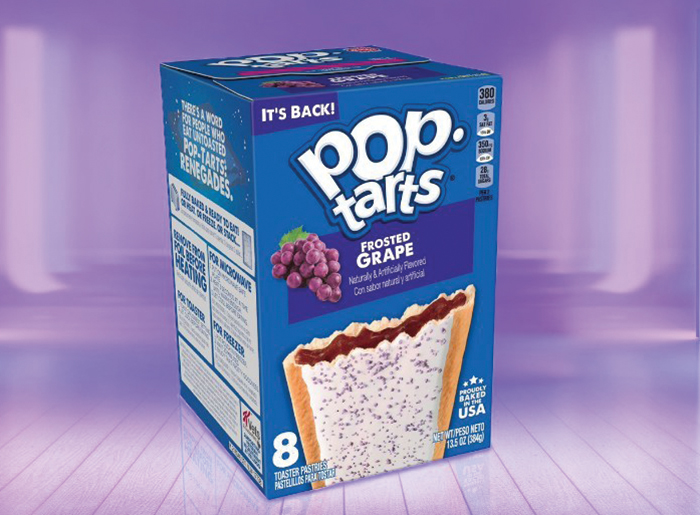



.jpg?mw=500&hash=D1E2E8B94FED0CCA2F5CEA8243FD787B)

